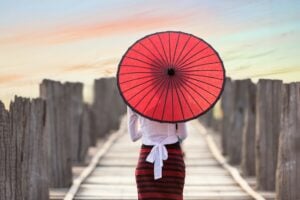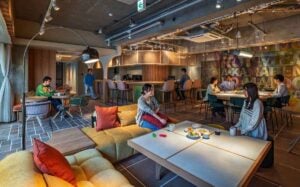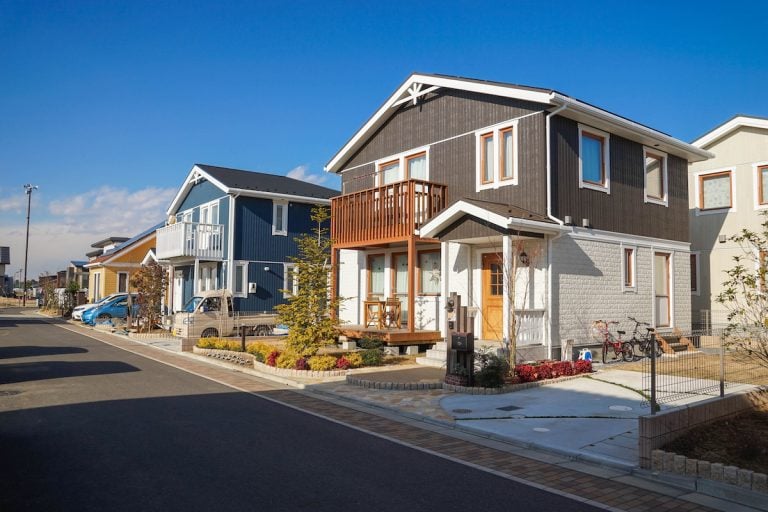
So, you want to rent a property in Japan. Whether you’ve decided to work with a real estate agent or are preparing to search for properties online, apartment-hunting in Japan can be a daunting process. In this article, we’ll cover some important things to consider when renting in Japan.
Safety
Japan is prone to natural disasters on all fronts. Typhoons, rainy season flooding, and of course, earthquakes, are just a few of the things Mother Nature may choose to fling at you. Fortunately, Japan has developed building codes that can withstand some pretty heavy damage. You’ll want to ensure that your apartment was built with these in mind. Here are some safety points you should consider when researching a rental property.
How old is the building?
Japanese homes are not built to last longer than 20 years or so. You’ll want to avoid renting a house or an apartment building that’s older than 20 years. A マンション (manshon), or mansion-style apartment, is typically built to last upwards of 30 years. Older rental properties will certainly be less expensive, but the risk typically outweighs the benefit of saving a few thousand yen each month.
What building materials were used during construction?
In an earthquake-prone country like Japan, it’s important to be aware of building materials. Properties are required to list them, and there are three main categories that you’ll find online: 木 (moku), or wood, 鉄筋 (tekkin), or reinforced steel, and 鉄筋コンクリート (tekkin konkuriito), or steel-enforced concrete. Steel-enforced concrete is by far the safest option. Most newer mansions will be made of this sturdy material. It also provides the best insulation in the winter or summer elements. Try to avoid wood, as it is not only weaker against the force of an earthquake but also serves as a fire hazard. Japan has very dry winters; fires can be common and deadly.

Where is this property on the hazard map?
Japan’s abundance of rivers and heavy rains create the perfect environment for severe flooding. Each prefecture, town, and neighborhood will have a designated hazard map that shows the danger zones for flooding. Be sure to locate the property you’re hoping to rent on the most recent hazard map. If it falls in a red zone, avoid living on the first floor. Even if your new home isn’t in direct danger of flooding, you should familiarize yourself with local evacuation routes and shelters in case of a natural disaster.
Price
When renting an apartment or a home in Japan, you’ll want to be aware of the extra fees and payments your landlord may expect from you. Most of these fall under a fee titled 初期費用 (shoki hiyou), or pre-rental fees. They may be listed separately in the contract or on the website; if you aren’t comfortable with your kanji, it’s easy to miss these fees. Here are the most common extra fees you’ll have to pay when renting in Japan.
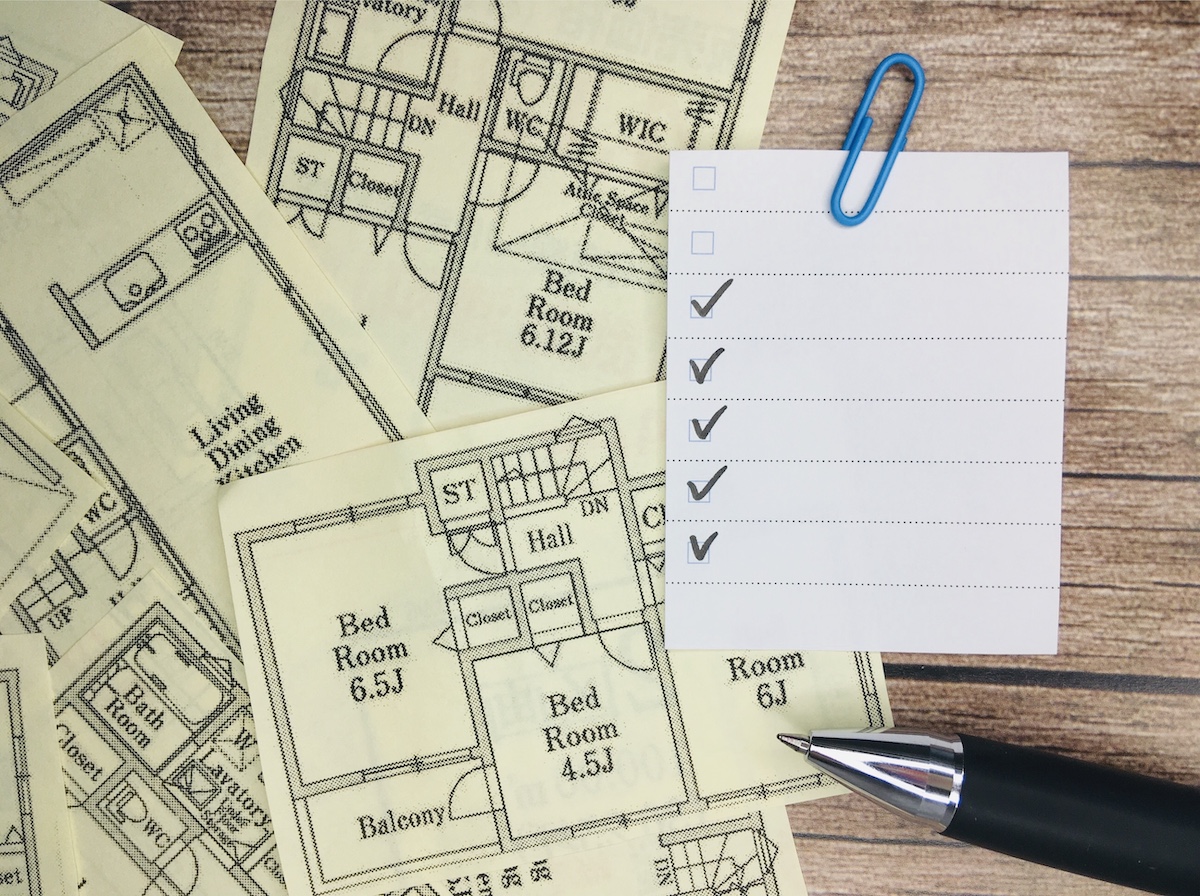
管理費 (kanrihi) – Management Fee
The kanri is whoever manages and maintains the rental property. This person is free to set the kanrihi at anything from a few thousand yen to tens of thousands. A property’s kanrihi covers maintenance fees such as cleaning, external lights, etc. You will pay the kanrihi every month in addition to your rent; if you think the monthly rent for a property is suspiciously low, be sure to check the 管理費!
礼金 (reikin) – Key Money
Although the term reikin literally translates to gratitude money, this fee is what we might call key money. It goes directly to the owner of the property, and is almost always returned to you when you move out. Certain acts might result in your not receiving your reikin (i.e., breaking the lease), so be sure to read your rental contract carefully. The reikin rarely exceeds a few thousand yen.
敷金 (shikikin) – Down Payment/Security Deposit
The down payment, or shikikin can make your moving expenses increase by almost a hundred thousand yen. Depending on the condition in which you leave the apartment you’re renting, most of that money will be returned to you. The amount required varies depending on the property and the person or company that owns it; some properties may not even have a shikikin. Others may not list an exact price, but state that the shikikin is ____ months’ worth of rent.
共益費 (kyouekihi) – Shared Service Expenses
The kyouekihi is paid by all residents of a property and covers the costs of shared amenities. For example, if your apartment building has a larger amount of external lights, the kyouekihi might be a bit higher.
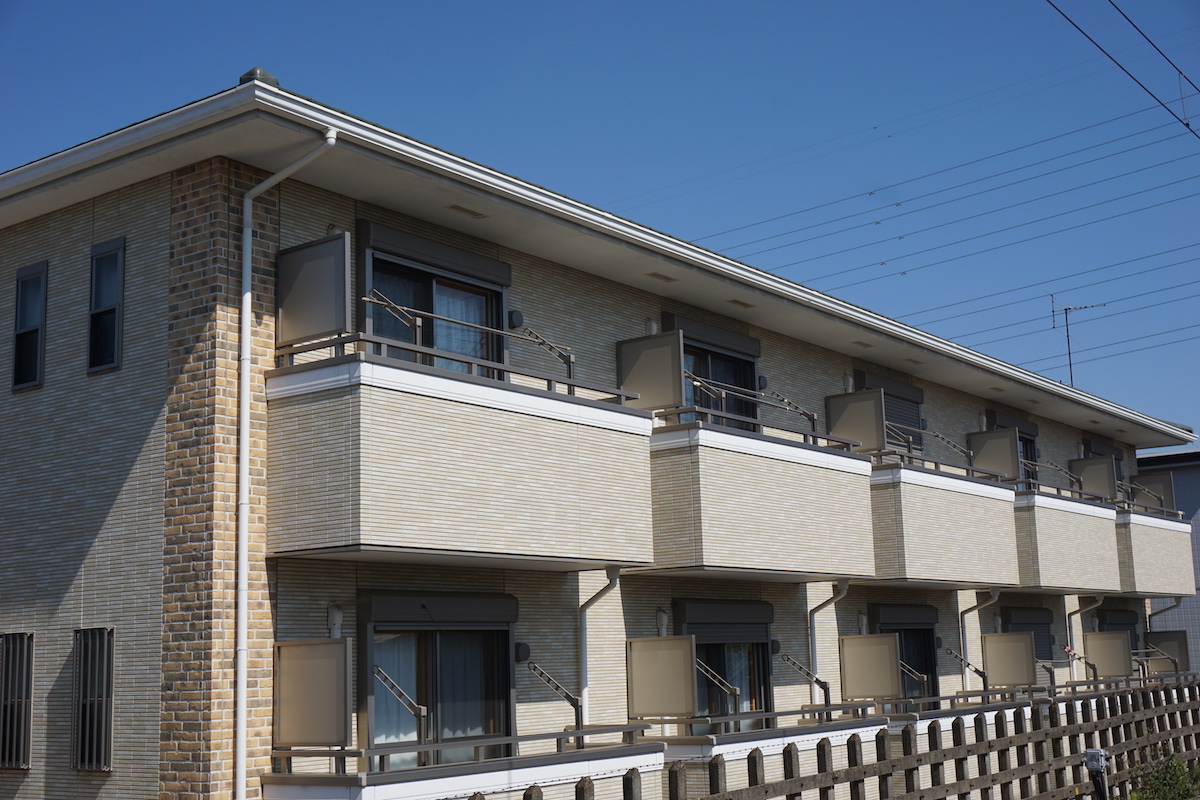
House, Apartment, or Mansion?
There are three main types of rental properties in Japan.
Homes, or 一戸建て (ikkodate), are often the largest available properties on the market. The pros of renting a home in Japan are privacy, space, and perhaps a small garden or yard you can call your own. Homes are a good choice for you if you have a hobby that generates noise, such as a musical instrument, or if you hope to own a pet during your stay. The downsides of rental homes are that they are almost always made of wood (and therefore vulnerable to natural disasters), and the price—if you want to avoid old, fragile homes, the price tag will certainly trend upwards.
アパート (apaato), or two- to four-story apartment buildings, are typically less expensive. They tend to offer more space than a mansion might, especially if you want to rent in a large city. The downside of an apaato is that the buildings are almost always made of wood. You’ll be living with less-than-satisfactory insulation, and earthquakes may cause more damage to your home. The amenities of an apartment tend to be older; you’re more likely to find tatami flooring and older appliances in an apartment than you would in a mansion or a new home.
Mansions, or マンション (manshon), are not huge houses with billionaires living inside; they are modern apartments or condos made of steel-enforced concrete. Mansions are better insulated, sturdier, and better-equipped than the other two options on this list. They also, however, tend to be smaller and more expensive.
Space and Amenities
If you’re renting in Japan, you probably already know that you will be looking at a smaller living space than you had in your home country. In addition to visiting the property (which we highly recommend), be sure to take into consideration the amount of closet space and other common amenities you’ll want to make life more comfortable in a narrow Japanese apartment. Here are some tips on how to read a Japanese apartment layout, as well as some extra keywords to look for.
One Room, DK, and LDK
While the concept of a one-room apartment (ワンルーム、wan ruumu) might be self-explanatory, many are confused by Japan’s K, DK, and LDK system. To put it simply: K means Kitchen, DK means Dining-Kitchen, and LDK means Living-Dining-Kitchen. These simply signify whether your apartment will have a kitchen, dining, or living area. In Japanese apartments, these are almost always combined into one shared space.
An additional number set before these letters indicates the numbers of extra rooms. For example, a 2LDK is an apartment with the living-dining-kitchen area plus two bedrooms. A 3K will have three separate bedroom-type spaces, but only a kitchen without the living-dining space. At 5LDK and above, you’re looking at either a very expensive apartment or a house.
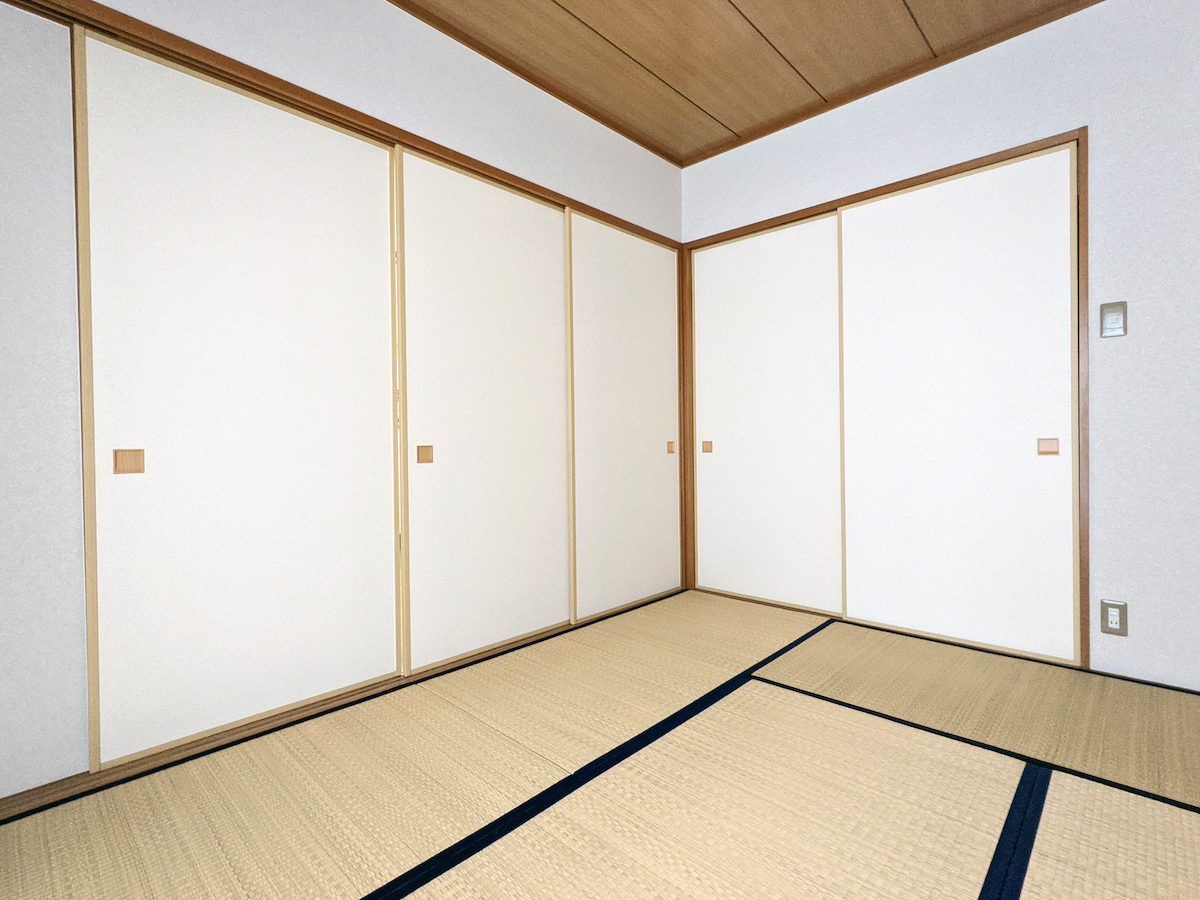
Measuring Floor Space in Japan
The floor space of a Japanese rental property is measured in one of two ways: square meters or 畳 (jou). A jou represents one standard tatami mat. A tatami mat is 1.65 square meters. Older apartments tend to have their layouts measured in jou, while newer apartments will be conveniently measured in square meters.
Extra Amenities and Terms to Consider
Here is a short list of words to watch out for when renting in Japan.
- 保証人不要 (hoshounin fuyou) – no guarantor required (in Japan, you may need a Japanese guarantor to help secure your lease)
- 和室 (washitsu) – traditional tatami room
- 洋室 (youshitsu) – a room with western-style, non-tatami flooring
- ペット不可 (petto fuka) – short for ペット不可, this means you can’t keep a pet. It’s better to not own a pet unless the property clearly states ペット可 or ペット相談
- バストイレ別 (basu toire betsu) – the shower room and the toilet are separate
- 室内洗濯機置 (shitsunai sentakki oki) – the washing machine can be installing inside
- 駅散歩__分 (eki sanpo ____ fun) – the amount of minutes it will take you to walk to the nearest station
- オートロック (ooto rokku) – the apartment door locks automatically when shut
- 定期仮家 (teiki kariya) – fixed term lease; this is usually accompanied by the number of years or months you will be required to keep your lease
- 自転車置き場 (jitensha okiba) – there is a designated place for your bicycle
- 駐車所無料 (chuushajo muryou) – free parking
Conclusion
As in any country, renting in Japan requires a lot of research and forethought. We hope that this article offers some useful starting points for your journey.
Written by Erin Himeno.





